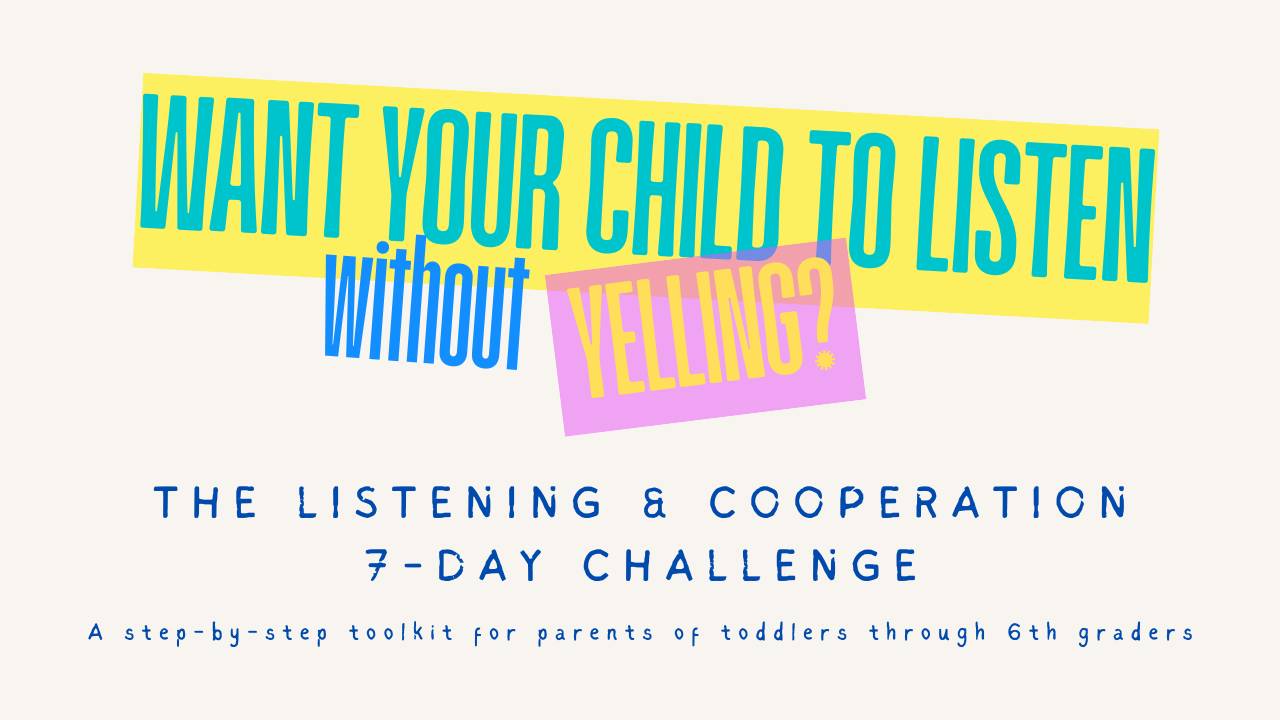Tips for Effective Parent-Teacher Communication
Sep 15, 2025
Communication between parents and teachers is vital for the success of children with autism in educational settings. By implementing a few simple strategies, parents can enhance their communication with teachers, ensuring the best support for their child's learning and development.
Establish Open Communication Channels
Foster a collaborative relationship with your child's teacher by establishing open and proactive communication channels.
Introduce yourself to their teacher early in the school year and express your willingness to communicate regularly. Exchange contact information and discuss preferred methods of communication, whether through email, phone calls, or in-person meetings. Regularly check in with your child's teacher to provide updates on your child's progress and any concerns or questions you may have.
Share Information and Insights
Provide valuable insights about your child's strengths, preferences, and challenges to help teachers better understand their needs.
Prepare a brief overview of your child's strengths, interests, communication abilities, and any specific triggers or sensory sensitivities they may have. Share this information with their teacher at the beginning of the school year and offer to provide more detailed insights as needed. Collaborate with their teacher to develop strategies and accommodations that support your child's learning and behavior in the classroom.
Use Visual Supports
Visual supports can enhance communication and understanding for children with autism, both at home and in the classroom.
Create visual supports, such as visual schedules, picture communication boards, or social stories, to help your child understand classroom routines, expectations, and upcoming events. Share these visual supports with your child's teacher and discuss how they can be integrated into the classroom environment to support your child's participation and engagement. Encourage their teacher to use visual aids during instruction and to provide visual cues for transitions and activities, if they aren't doing so already.
Collaborate on Goals and Strategies
Collaborate with your child's teacher to set goals and develop strategies that address your child's individual needs and promote their academic and social development.
Schedule regular meetings with their teacher to discuss your child's progress, goals, and any challenges they may be facing. Work together to identify specific areas of focus and develop targeted strategies and interventions to support your child's learning and behavior. Keep lines of communication open and be proactive in addressing any concerns or adjustments that may be necessary along the way.
Provide Feedback and Support
Offer constructive feedback and support to their teacher, acknowledging their efforts and advocating for your child's needs.
Regularly provide feedback to their teacher about what strategies are working well for your child and where adjustments may be needed. Offer support and resources, such as ABA techniques or sensory tools, that may benefit your child in the classroom. Advocate for your child's needs and rights, while also recognizing and appreciating the teacher's hard work and dedication to supporting all students in their class.
By implementing these tips for effective parent-teacher communication, you can build a strong partnership with your child's teacher and ensure that your child receives the support and accommodations they need to succeed in the classroom. Remember that communication is a two-way street, so be proactive, open-minded, and collaborative in your interactions with your child's teacher. Together, you can create a supportive and inclusive learning environment where your child can grow.
Want more support for your child beyond the classroom?
At The Behavior Place, our center-based program helps children build communication, independence, and social skills while reducing daily frustrations. We work hand-in-hand with parents and teachers so progress at school carries over at home, and vice versa.
👉 Discover Our Program
UNLOCK YOUR FREE TOOLKIT NOW: ENHANCE YOUR CHILD'S PLAY & LANGUAGE SKILLS TODAY!
Simply enter your email address to get instant access.


